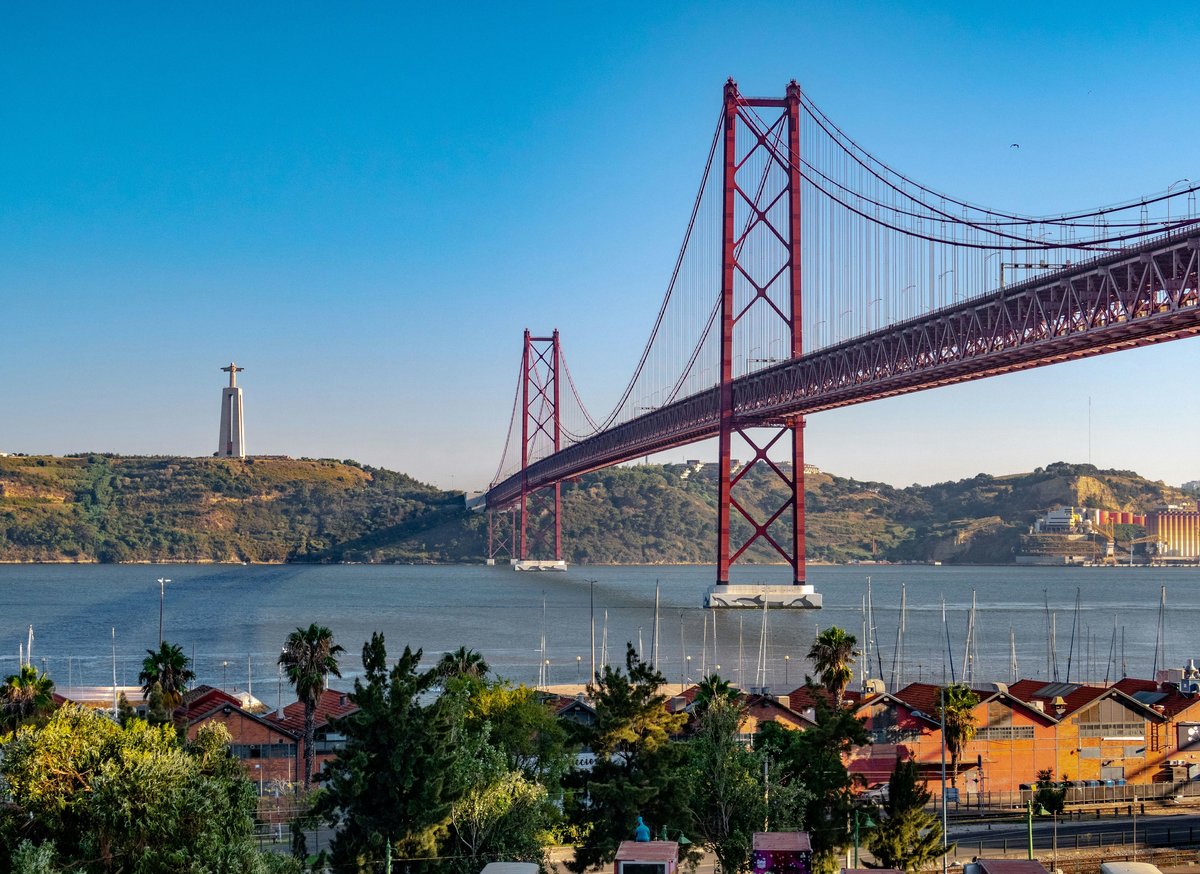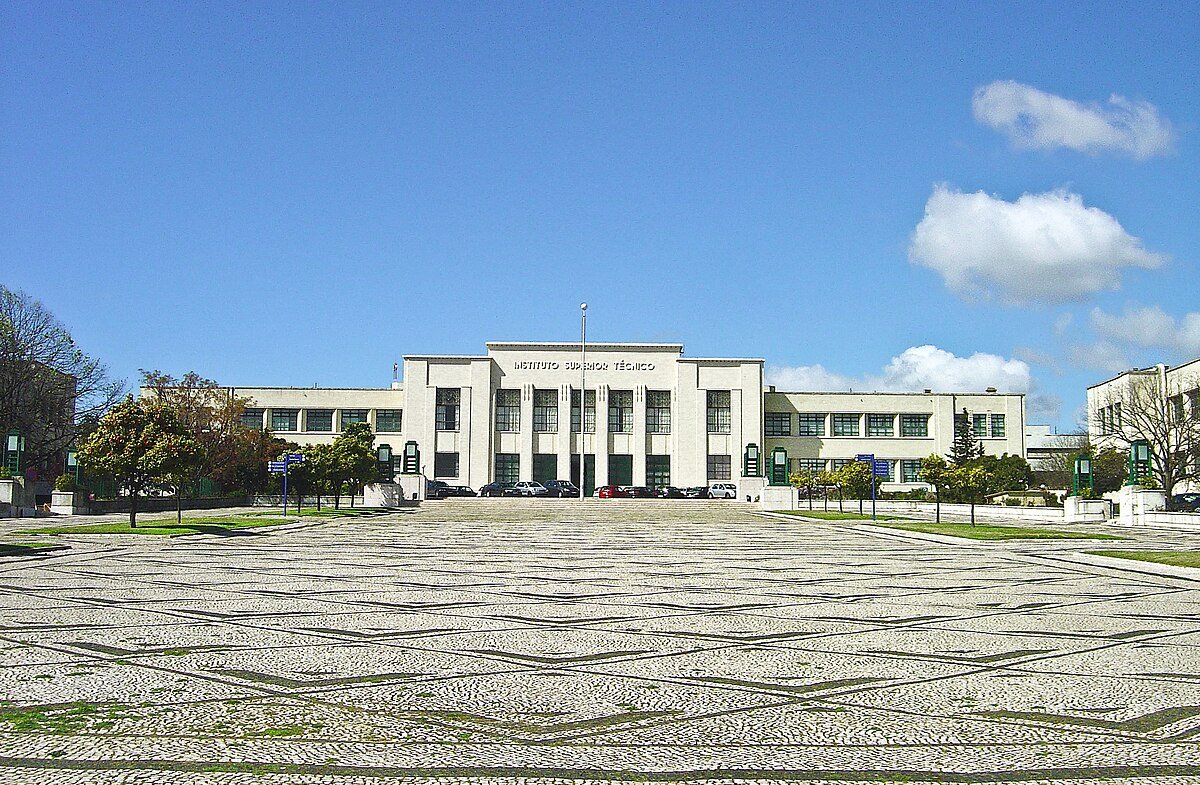Recent developments in mechanics of fracture and interfaces with peridynamics and other methods
Peridynamics is a nonlocal continuum formulation that excels where classical PDE models struggle, especially for the initiation and evolution of cracks and the mechanics of material interfaces. Built on integrodifferential equations with pair or multi-body interactions (bond- and state-based forms), peridynamics remains well posed at discontinuities and naturally captures nonlocal effects across scales. This year’s colloquium spotlights advances in fracture and interface mechanics, including criteria for crack nucleation and growth, dynamic fragmentation, contact and friction in nonlocal settings, and behavior in heterogeneous, anisotropic, and architected materials. We will also highlight multiscale and multiphysics progress in thermal, electrical, chemical, and fluid coupling, as well as diffusion and corrosion, together with algorithmic developments in mesh-free discretizations, high-performance implementations, coupling of local and nonlocal models (including finite element embeddings), and data-driven or machine learning accelerations. Comparative perspectives with alternative approaches (phase-field, XFEM, cohesive-zone models, SPH) are encouraged to clarify strengths, limitations, and validation pathways. By uniting theory, computation, and applications from composites and metamaterials to geomechanics, biomaterials, and manufacturing, the colloquium aims to define a near-term research agenda, surface open problems in predictive modeling and scalability, and foster collaborations that advance fracture and interface mechanics.




